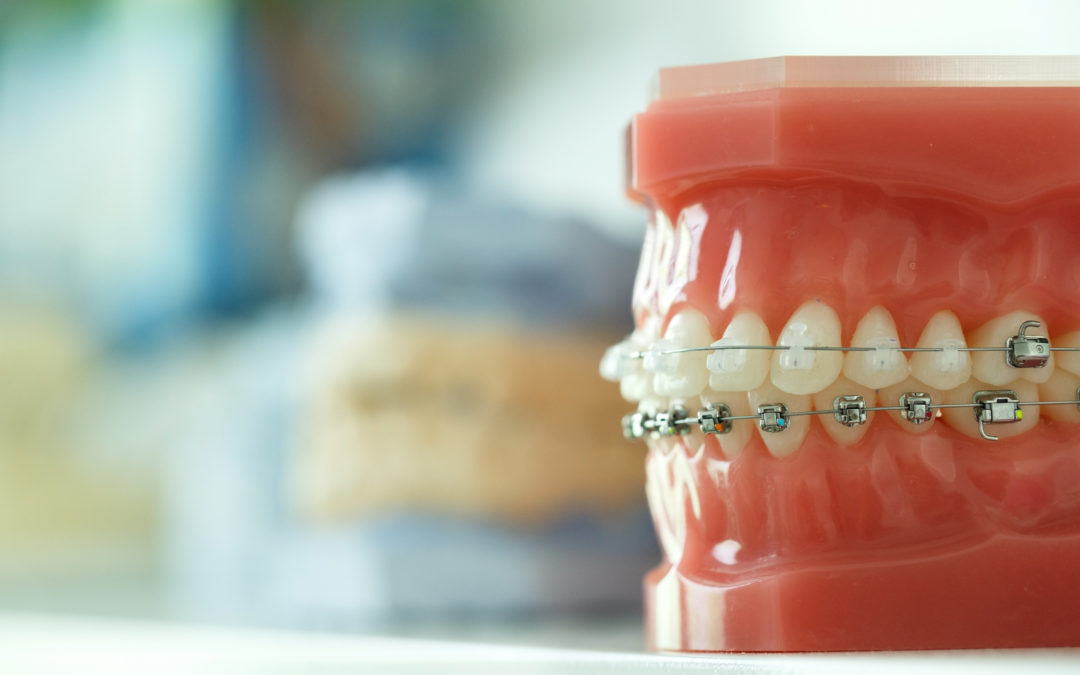Getting started with your orthodontic treatment is an exciting time, but can also be overwhelming with all the new terms you might hear and objects that are in your mouth. I remember when I first got my braces there were so many parts and pieces and left me wondering what in the world was in my mouth. Hopefully this quick introduction to the basic and most common parts will be helpful and ease the transition.
Bracket: Brackets may be metal or ceramic and they are directly bonded to each tooth. These are the parts that help to hold the wire in place.
Archwire: The archwire is tied to the brackets and is responsible for the force that is used to move the teeth. The size and type of wire is what is actually changed at appointments when people say, “they got their braces tightened.”
Ligature: The ligature is what helps to tie the wire to the brackets. These are the tiny colorful elastics that you get to pick out each appointment.
Rubber Bands: The rubber bands, or elastics, are removable and attach to the hooks on the brackets in various patterns. These are very important in helping to apply additional force needed to move the teeth to the final positions.
Metal Bands: Bands are “rings” that go around the back teeth and are cemented in place. They are most often used to help hold special appliances in the mouth.
Spacers: Spacers are little rubber bands that are temporarily placed between two teeth. These help to make enough space to comfortably fit bands around the teeth.
Palatal Expander: A palatal expander is usually a fixed appliance that rests against the roof of the mouth. It helps to increase the width of the arch to help make room for the teeth.
Retainer: A retainer may be fixed or removable and made out of metal, acrylic, plastic, or a combination. It is worn at the end of treatment in order to maintain the teeth in their new position.

